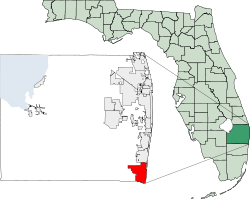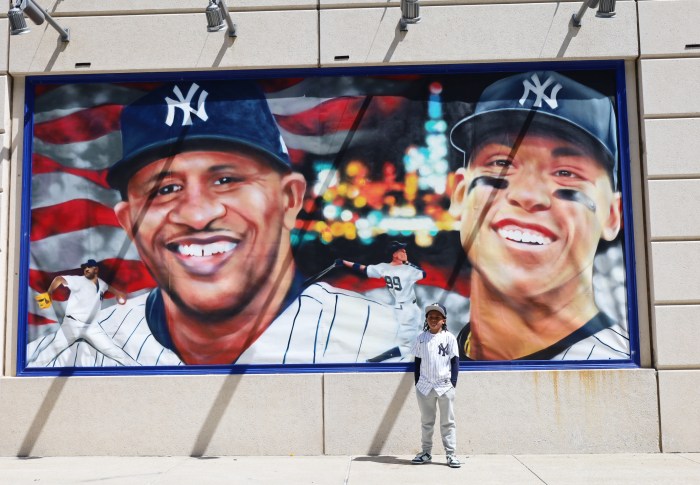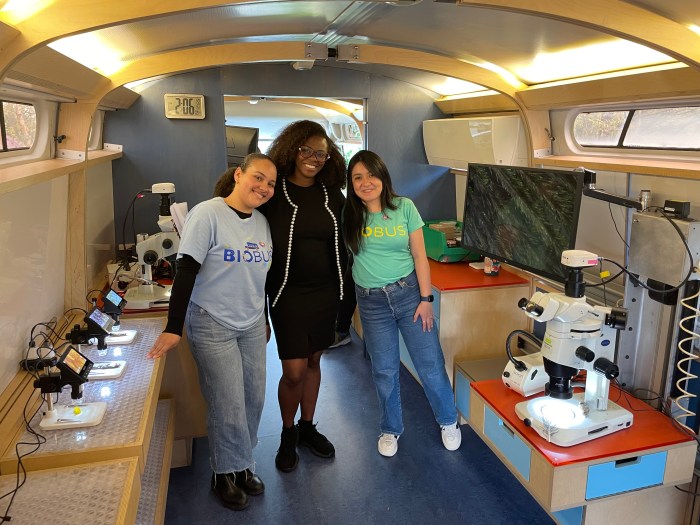BY JERRY TALLMER | My great friend Sidney Zion is gone two years now, but I can hear him loud and clear.
“Schmuck!” he is shouting at Willard Mitt Romney… . “Schlemiel! Goyische kopf! You don’t even know how to think and talk, and then down there at Boca Raton — of all places! — you shoot your mouth off and blow the whole thing, hammer the last nail in your own coffin.”
Actually, I’m sure that if Sid was still with us, he would vote for Romney willy-nilly. He was too paranoid about Barack Obama, convinced that the big sellout of Israel had begun with the 2008 election of a man he’d never liked or trusted. But then, Sid Zion — liberal tending to nose-thumbing radical in all else — seriously, heatedly always exploded at me that Franklin D. Roosevelt “was an anti-Semite, yes, an anti-Semite” for not bombing the railroad tracks to Auschwitz.
Know what? I’m willing to bet ($10,000) that Marc Leder, the hedge-fund playboy billionaire in whose palatial mansion (one of them) Mitt Romney spilled the (videotaped) beans that may have blown the whole ball game — that he, Marc Leder of Boca Raton, Florida, also sees this first American black president as a built-in betrayer of Israel.
Boca Raton! Strange, how Boca Raton runs in and out of my life. To like Boca Raton you have to like palm trees, and I have never been a palm-tree enthusiast.
It was the United States Army Air Corps (future U.S. Air Force) that sent me down to Boca Raton in early 1942, to learn from M.I.T. sharpies in military garb about some new hush-hush British air, land and sea wonder weapon called Radar.
This special Radar-training unit was fed, marched, tutored and lodged (eight men to a room) in what before the war had been the ultra-chichi Boca Raton Club, a cement castle operating under one ironclad rule, as those to whom it applied (like me) well knew: No Jews.
Pearl Haror changed all that, at least for the duration of the war.
From time to time there were movies and special events to brighten our days, and one such was an exhibition tennis match between Don Budge, a great, hard-driving, young redheaded tennis champion of that era, and some other racquet-wielder whose name I have forgotten.
Babe Fanelli and I — Babe and I had quit school and enlisted in the Army together — were delegated to shepherd the great Don Budge around the base, ask him polite questions about tennis, see that he got fed, etc. And when we finally did sit down with him, all geared up to ask him wide-eyed questions about tennis and his life and times, the great (and very nice) Don Budge turned to us and said, haltingly: “Now fellas, tell me about the Army.” He was soon going into it — into some branch of service — and was, well, not scared exactly, but preoccupied.
That’s my Boca Raton #1.
In the first week of January 1969, the New York Post sent me down to Boca Raton, Florida, to interview the Joe Namath who, a couple of days later, would be leading the hugely underdog New York Jets against the mighty Baltimore Colts in Super Bowl III. The brash young Jets quarterback had gone so far as to pre-announce a New York victory. “I guarantee it,” he had blithely declared.
The Jets were staying in a classy, expensive beach hotel a short distance from the Boca Raton Club, and so was I. The hotel had a swimming pool that seemed almost as large as the Atlantic Ocean that immediately adjoined it. I’d been told that Namath agreed to the interview, but I was kept waiting almost two whole sunlight days while he basked in a beach chair by that pool, being oohed and ahhed by a couple of dozen attractive young women while he massaged body lotion into his gimpy right knee. LeRoy Nieman did a drawing of me while I was dragging information out of a couple of New York Post sports writers. And I didn’t know who he was. He’s gone too, now, but I still have the drawing.
Finally, on the afternoon of the second day, Namath gave me a wordless high sign and indicated with a motion of his head that we could go out toward the ocean and talk. We reached the beach, Namath sat down against some driftwood and said something like: “Fire away.”
I said: “Mr. Namath, I’m not going to ask you about football—”
His sleepy eyes jerked awake.
“I want to ask you about other stuff. About yourself, your life and all that,” I dumbly and pompously said.
“Oh, man. No, man,” Joe Namath said. He got to his feet and walked down toward the water’s edge while I continued to say foolish things like: “It won’t hurt.”
“No, man, no,” Namath said. He wandered out into the ocean, facing Europe, until the ripples were up to his knees. Then he bent down and picked something up from near his feet — a pebble or a shell or something, He looked at it, turned it over and over, then tossed it away. Then he did the same thing with another such small object, and tossed that away too.
He looked like nothing so much as (I thought) a lonely little boy.
“I’m sorry, man,” Joe Namath said, and headed back to the hotel swimming pool.
The day after that, or maybe the second day after that, Joe Namath and the New York Jets — Matt Snell, Jim Turner & Co. — beat Johnny Unitas and the Baltimore Colts, 16-7, in one of the greatest upsets of all time.
That’s my Boca Raton #2.
Boca Raton #3? Well, he’s the 47 percent man. You know all about him — and nothing about him. The human hologram. Or inhuman hologram. Out there, see? Now you see him, now you don’t, out there among the palm trees.


















